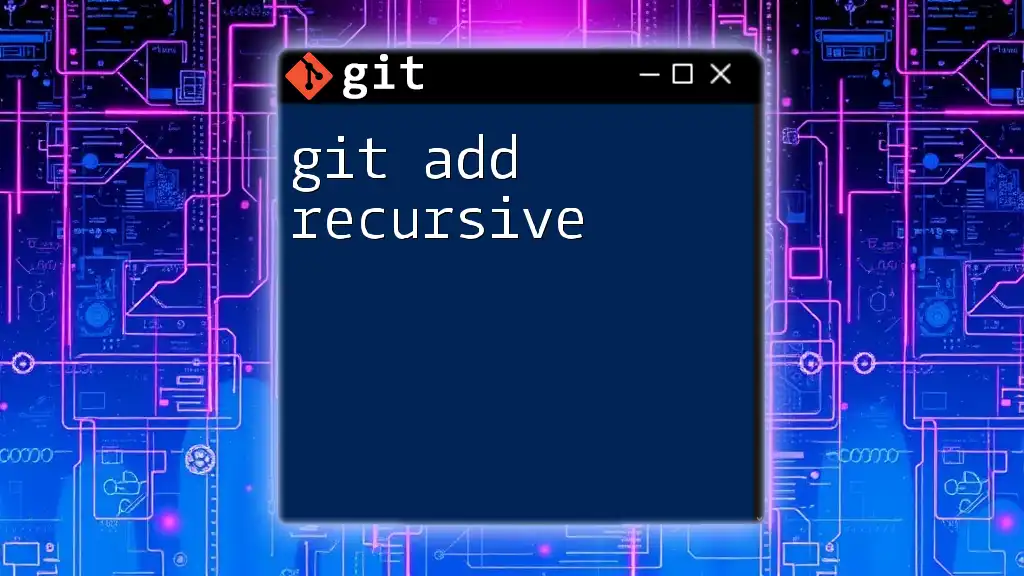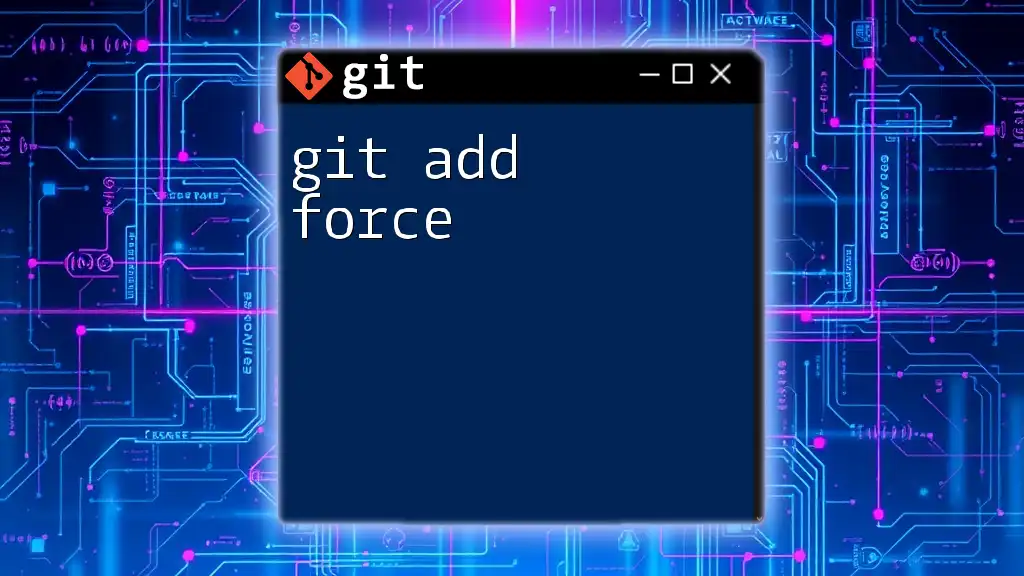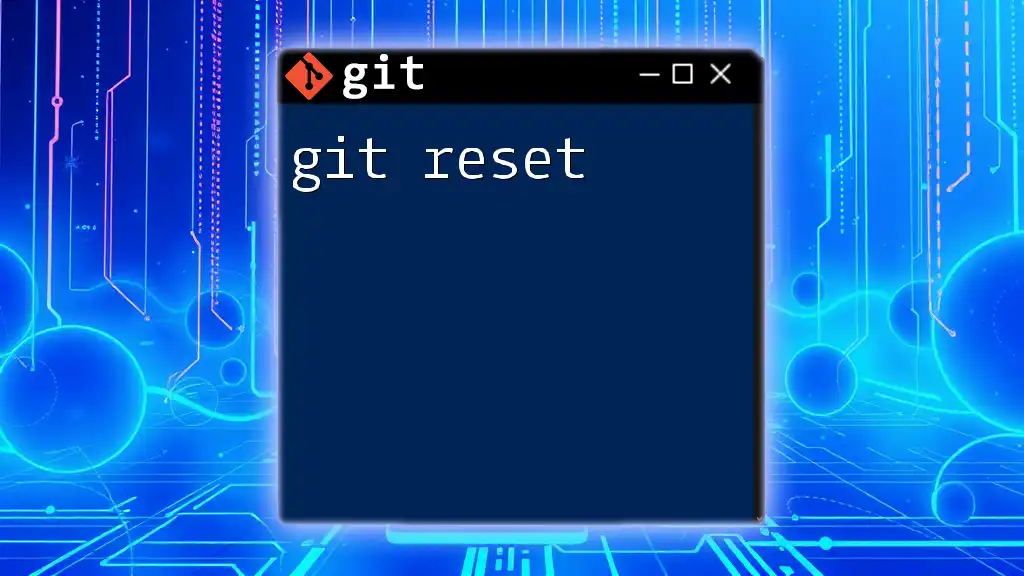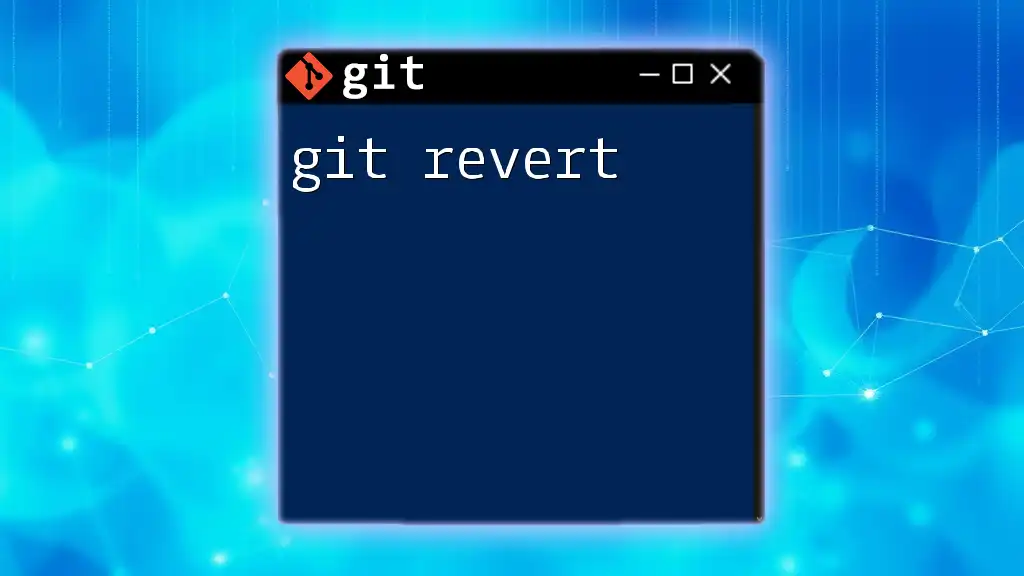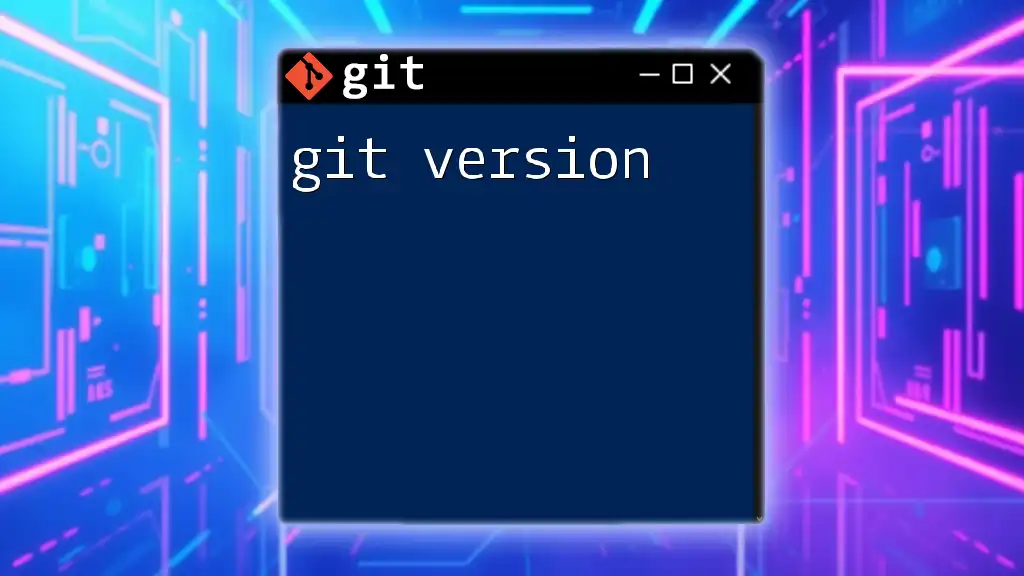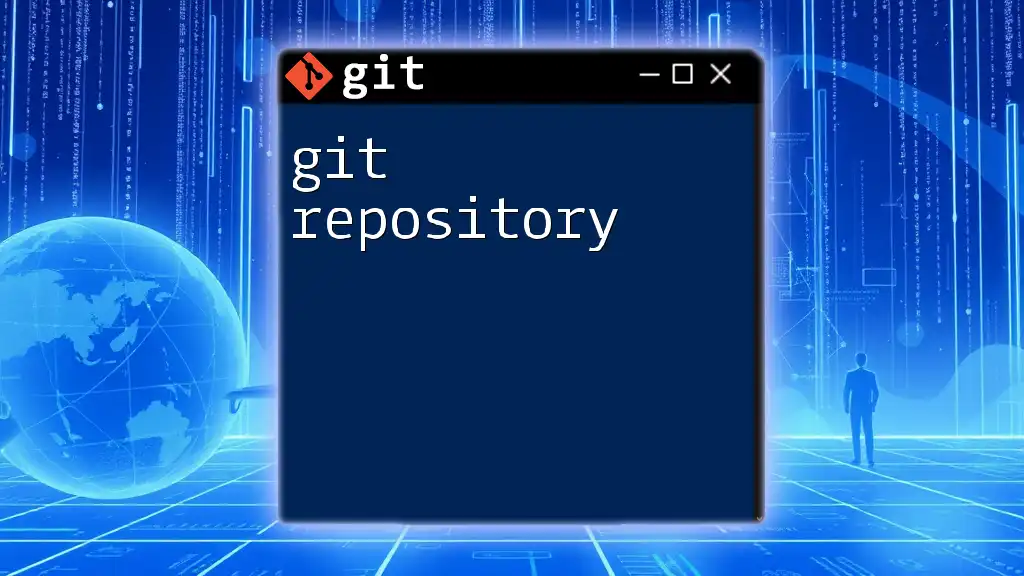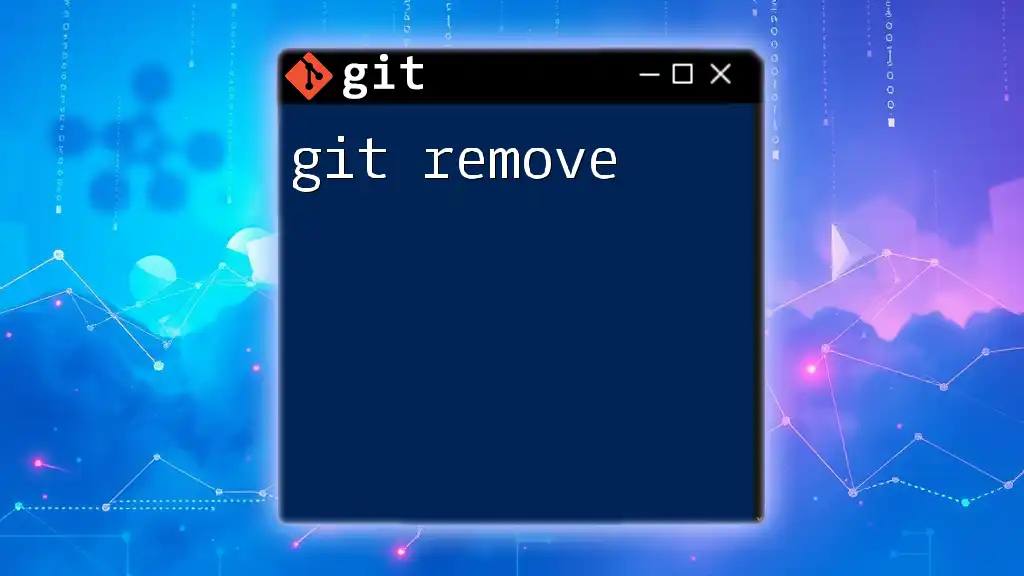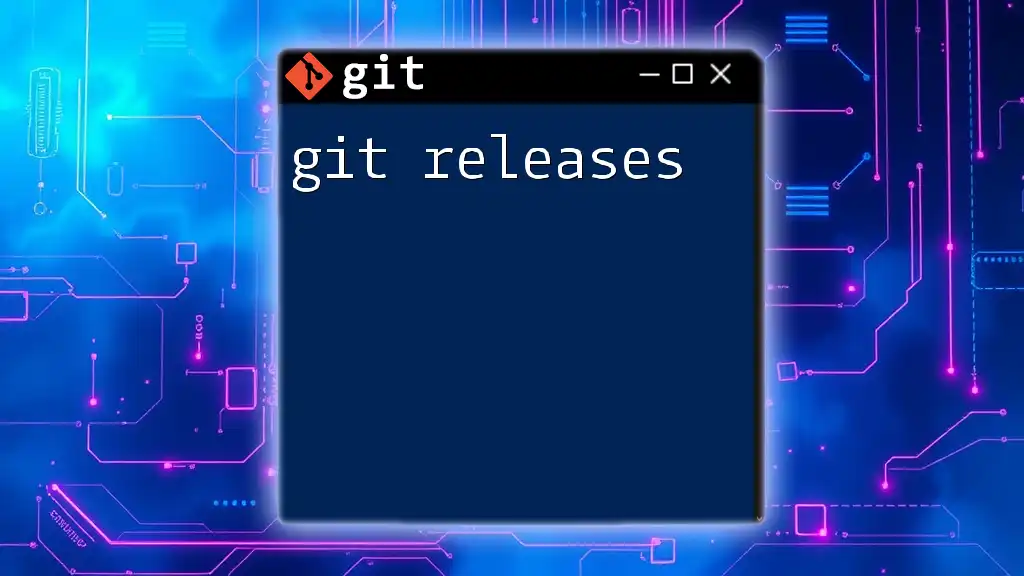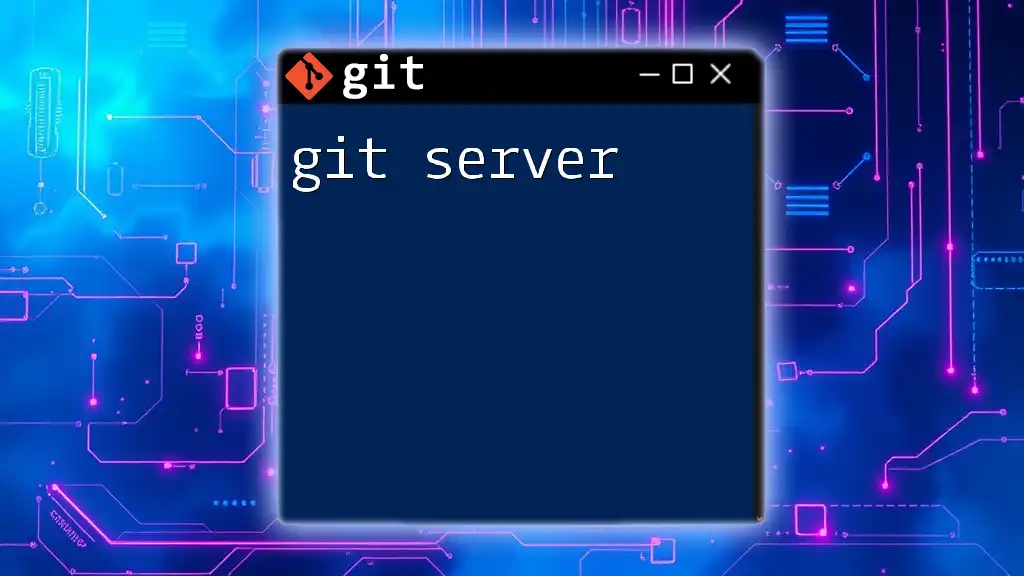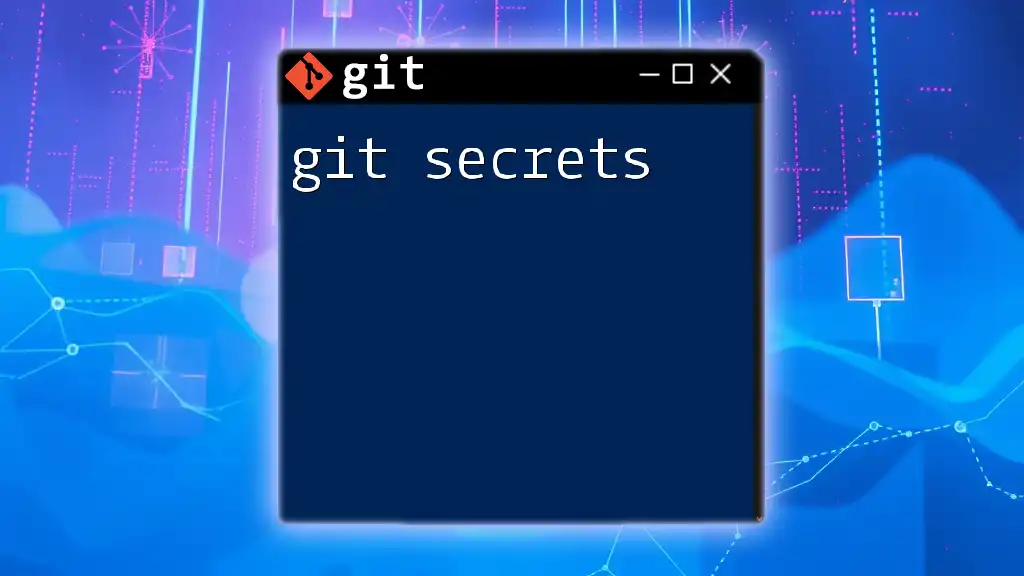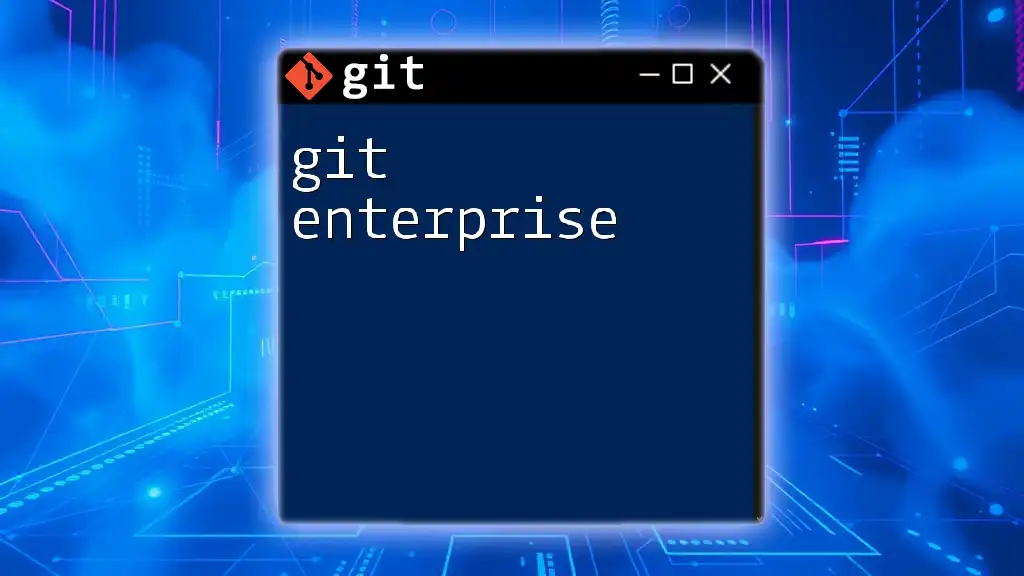The `git add --recursive` command is used to add all changes in a directory and its subdirectories to the staging area in Git.
git add --recursive .
Understanding the Basics of `git add`
What is `git add`?
The `git add` command is essential in the version control workflow. It is used to stage changes made in your working directory, preparing them for the next commit. This is crucial since Git operates on a staged and committed basis, where the staging area holds all the changes that will go into the next commit.
Syntax of the `git add` Command
The general syntax for the `git add` command is straightforward. You can use it as follows:
git add [options] [file1] [file2] ...
Common options that enhance or modify its behavior include:
- `-A` or `--all`: Stage all changes.
- `-u`: Stage changes to tracked files only.
- `-p`: Stage changes interactively.
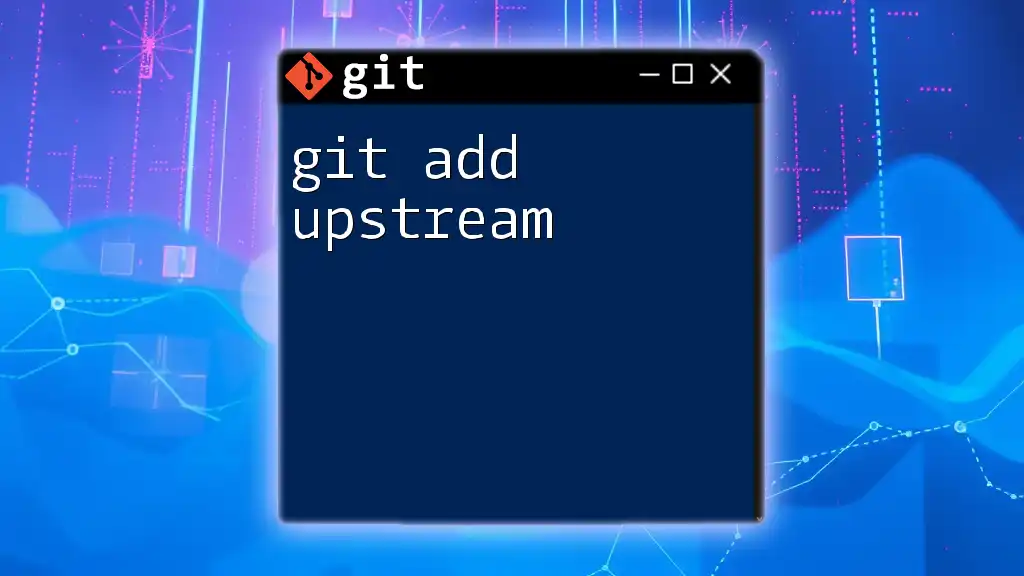
The Concept of Recursion in Git
What Does 'Recursive' Mean in the Git Context?
Recursion, in a general sense, describes processes that refer to themselves. In the context of Git, when we use the `--recursive` option, we are indicating that the command should include items in subdirectories in its operation. This is particularly useful when working with projects containing nested directories.
Why Use the `--recursive` Flag?
The `--recursive` flag is advantageous in scenarios where you have a multi-tiered directory structure. By default, the `git add` command only stages files from the specified directory level. Using `--recursive` ensures that all files and changes in subdirectories are also staged. This avoids the need for multiple `git add` commands throughout various directories.
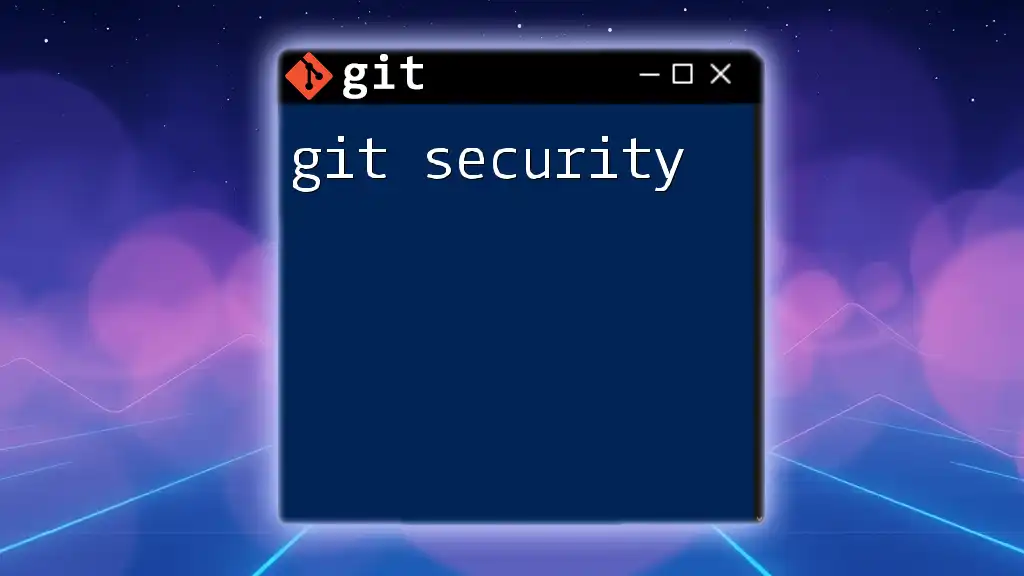
How to Use `git add --recursive`
Basic Usage of `git add --recursive`
To utilize the `git add --recursive` command for staging files throughout your project, you would execute the following command:
git add --recursive .
This command stages all modified and new files in your current directory and its subdirectories. The `.` signifies the current directory, making it a powerful command for comprehensive staging.
Staging Changes in Subdirectories
In many projects, you would want to add changes from a parent directory, including all its subdirectories. For example, if you want to add all tracked files and changes from a specific directory, use:
git add --recursive /path/to/parent_directory/
This command captures all modifications across nested folders without needing to traverse them individually.
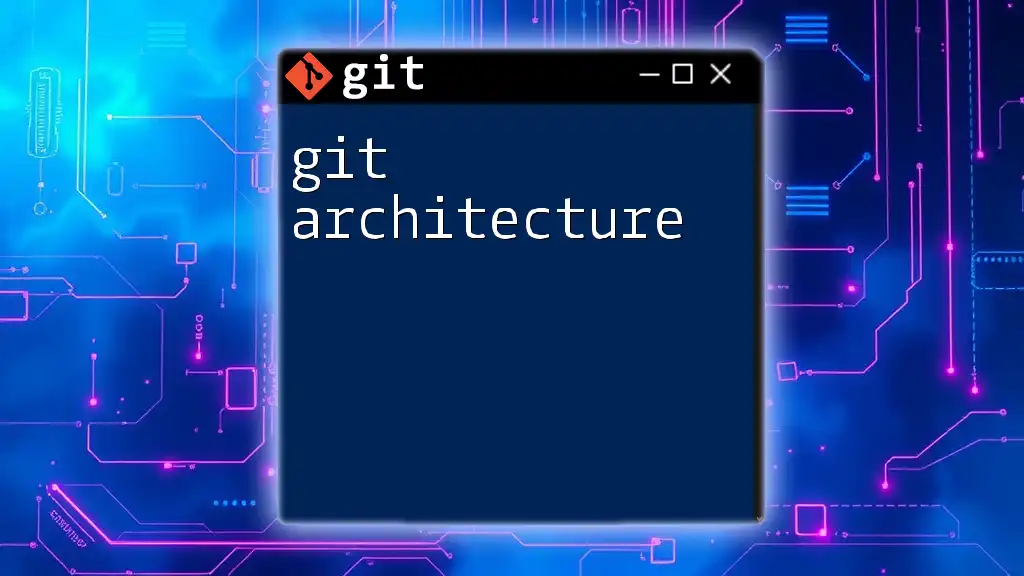
Practical Scenarios for Using `git add --recursive`
Collaborative Projects
When working in teams, especially with projects that have complex directory structures, `git add --recursive` simplifies collaborative workflows. For instance, after a team member has made changes across different directories, they can run:
git add --recursive project_folder/
This ensures that all relevant changes are prepared for commit without overlooking modified files hidden deep within subfolders.
Large Codebases
In extensive projects with numerous files, executing `git add --recursive` can dramatically save time and effort. Instead of explicitly staging each file or directory, a single command ensures that every change is accounted for. This is particularly essential if your development environment frequently changes files across multiple layers.
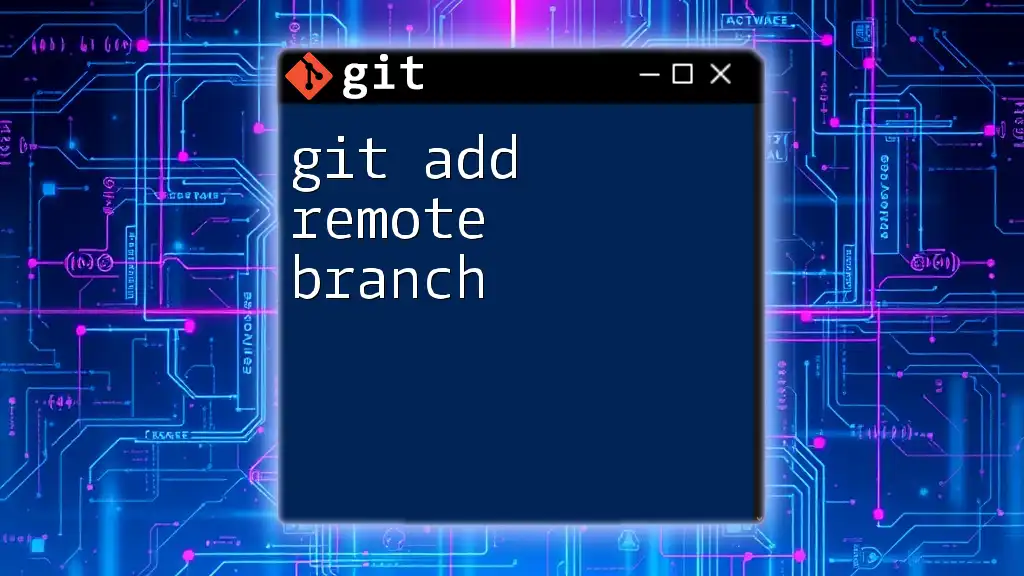
Common Mistakes and Troubleshooting
Mistakenly Ignoring Files
A common issue arises when files are unintentionally ignored due to `.gitignore` settings. If you find that certain changes are not staging as expected, check your `.gitignore` file. If the files are specified there, Git will silently ignore them.
Confusion Between Staging and Committing
It’s critical to differentiate between the staging and committing phases. While `git add` prepares files for the next commit, it does not actually save the changes to the repository. After using `git add --recursive`, the next step would be:
git commit -m "Your commit message here"
Error Handling
When executing `git add --recursive`, you might encounter error messages related to permissions or file paths. Always ensure you have the necessary permissions to modify the files you are trying to stage and verify that you are in the correct directory.
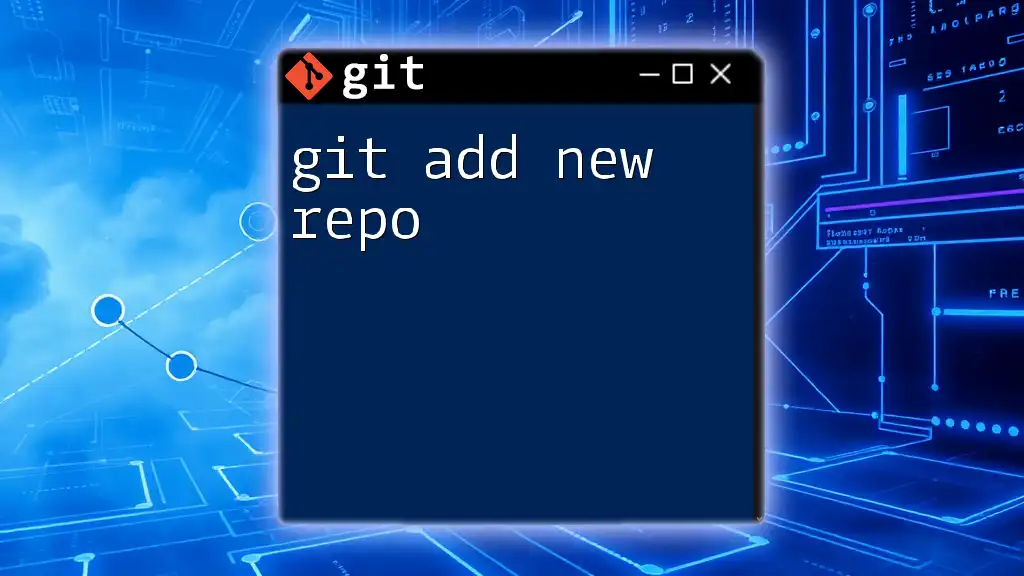
Best Practices for Using `git add --recursive`
Keep Your .gitignore Updated
Maintain an effective `.gitignore` file that excludes unnecessary files (e.g., compiled binaries, logs, etc.). This keeps your working directory clean and avoids clutter in the staging process.
Review Changes Before Staging
It’s crucial practice to check which files are staged before executing a commit. Use:
git status
to review the pending changes, ensuring only the intended alterations are set for the next commit.
Minimize the Scope of Staging
While `git add --recursive` is powerful, specific situations may require careful selection of directories or files to stage. Consider using patterns or specific paths to avoid accidentally staging unwanted changes.
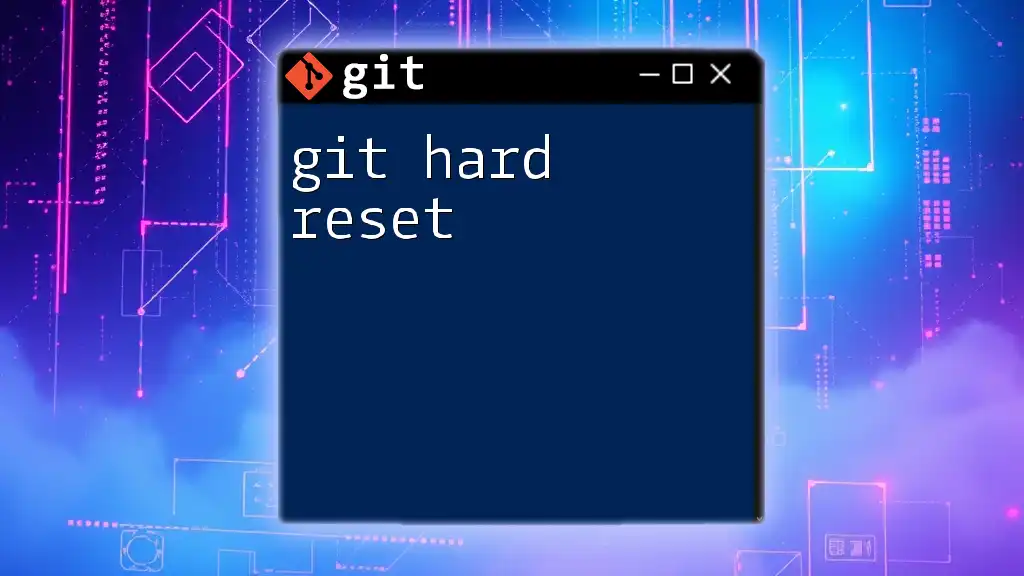
Conclusion
Incorporating `git add --recursive` into your Git workflow can streamline your process, especially for complex or collaborative projects. Efficiently staging changes across directories leads to fewer errors and more productive version control practices. By mastering this command and its nuances, you prepare yourself better for effective version management.
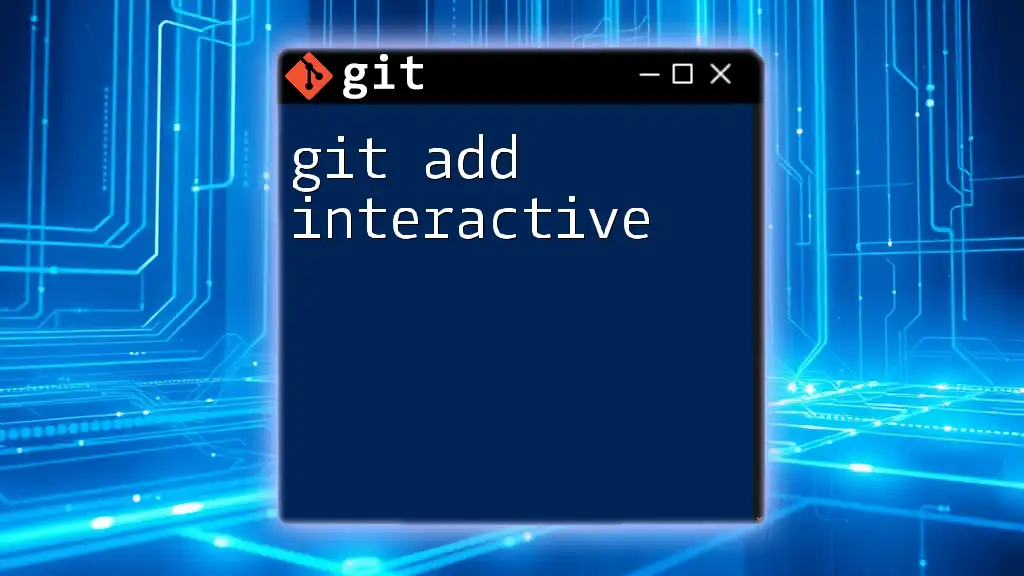
Additional Resources
Refer to Git's official documentation for more in-depth explanations of commands, and consider checking out online tutorials that provide additional context on best practices and advanced usage.
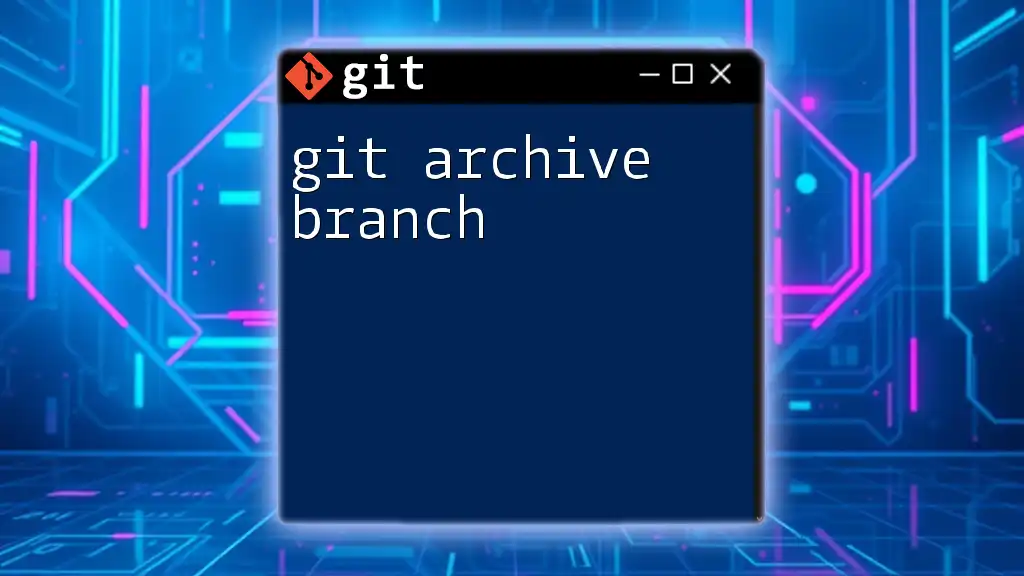
Call to Action
If you found this guide helpful, be sure to follow us for more insights and practical tips on mastering Git! Share your experiences or any questions you may have in the comments below!

